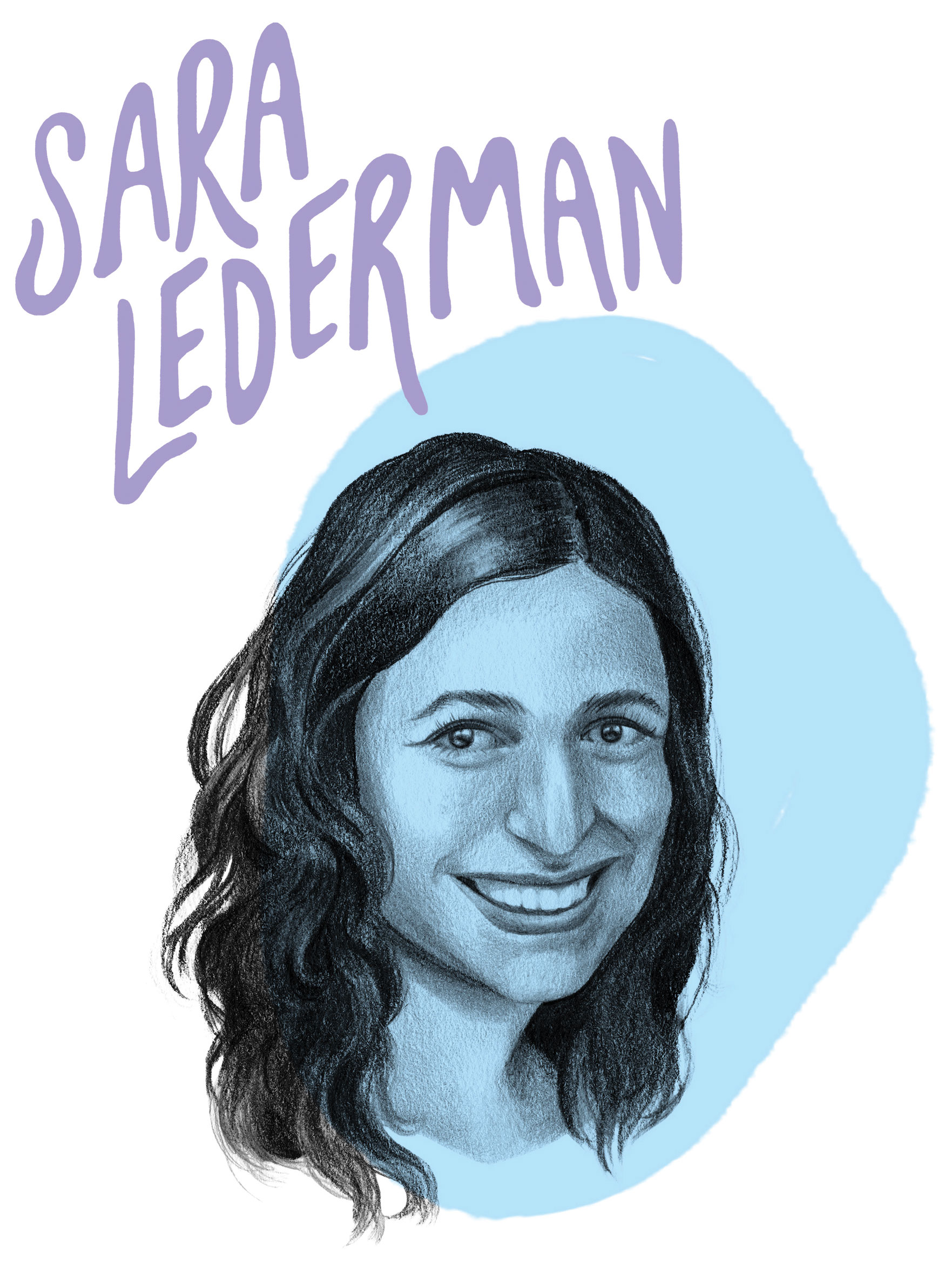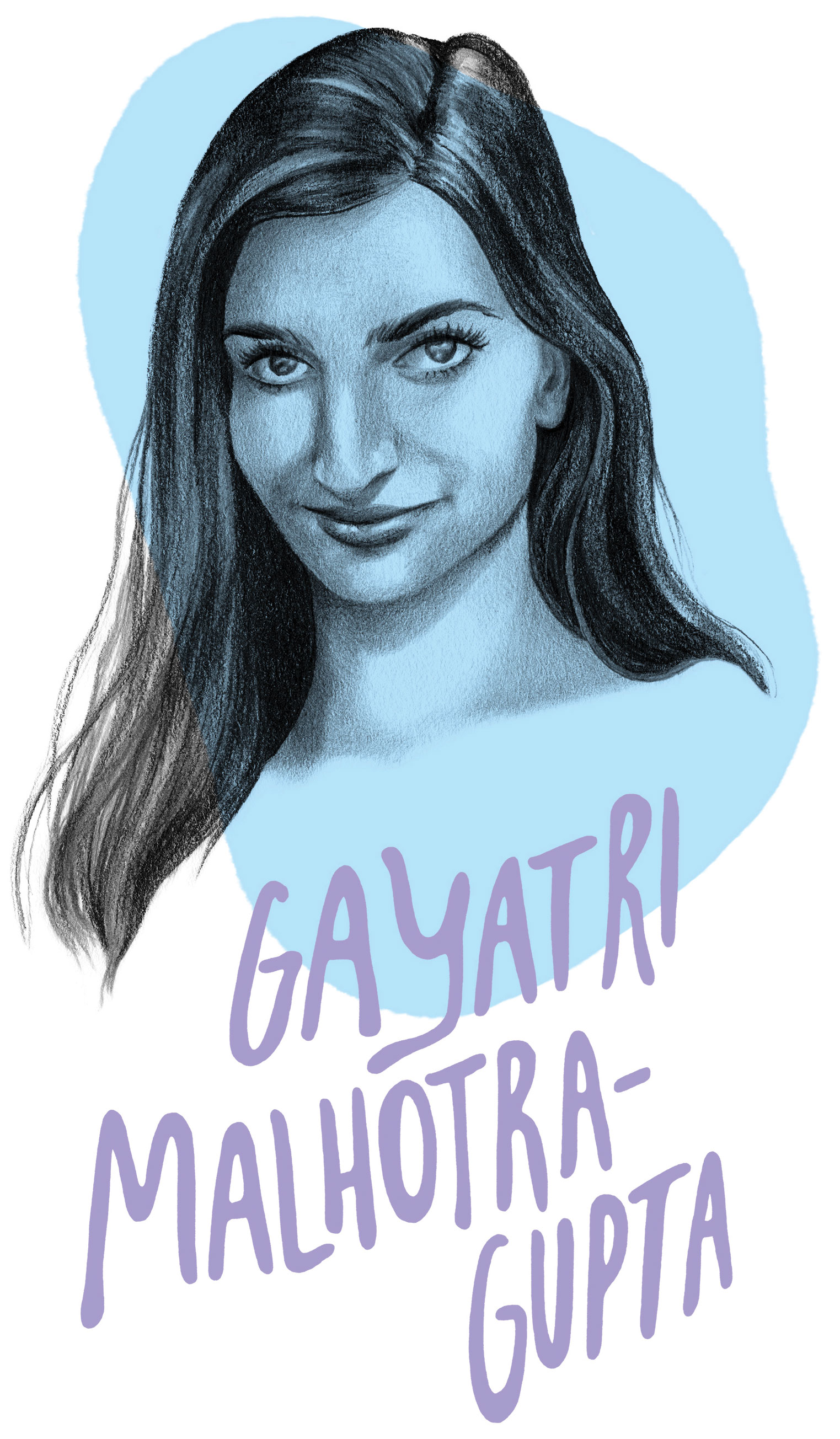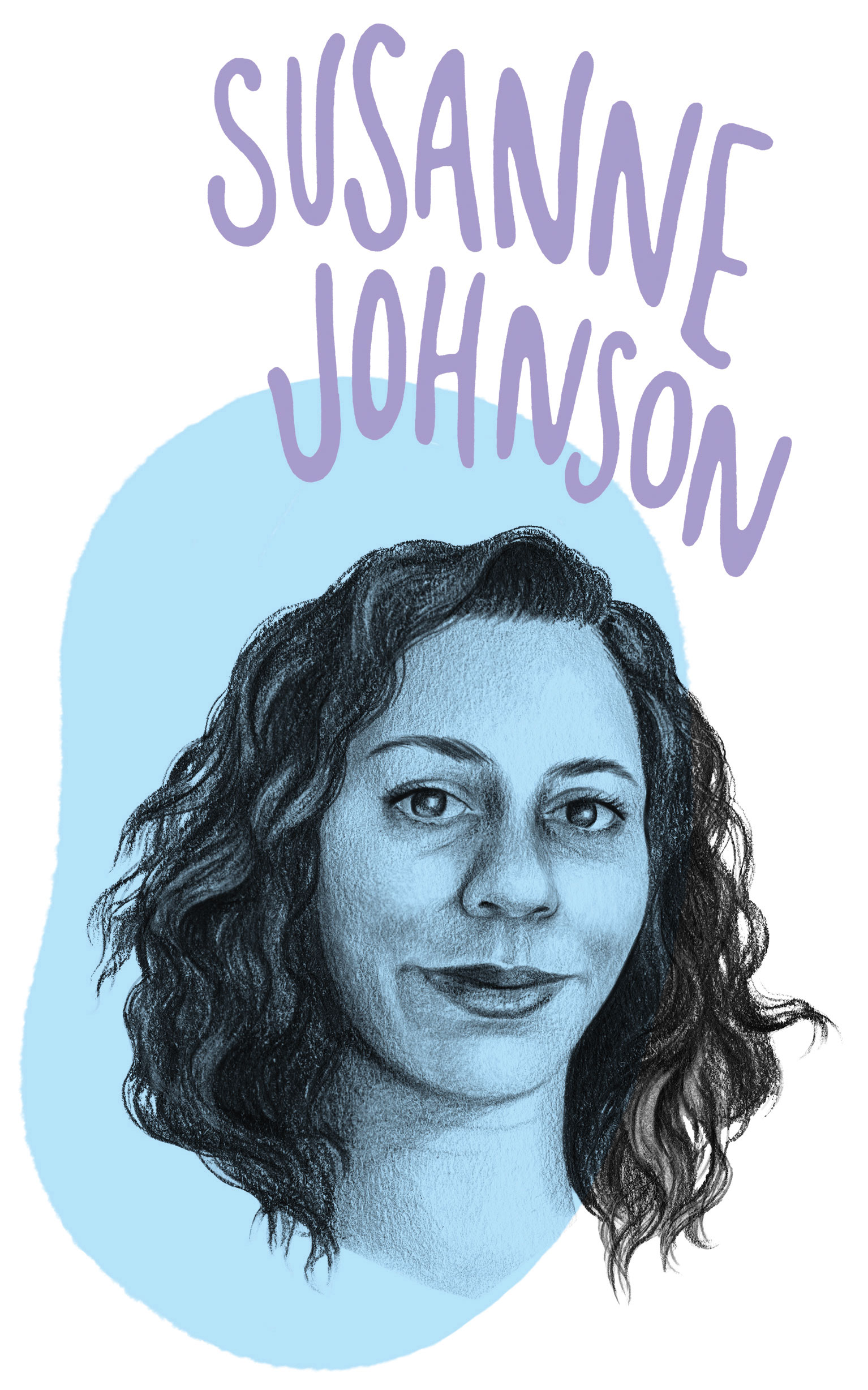Ivy Vega
Occupational therapist Ivy Vega ’15, PS ’18 used to spend her days helping patients at NewYork-Presbyterian/Columbia University Medical Center get back to their lives after a critical illness, stroke, or surgery.
But when COVID-19 cases surged in New York City, Vega joined a “turning team” to help lift and move patients in medically induced comas so that they could be ventilated or X-rayed or to prevent bedsores. Some days, she turned and repositioned up to 60 patients per day — a physically grueling job. “I’d work with a patient one day, and the next day they’d be gone. I’d wonder, ‘Am I really helping?’ Normally, my whole job is rehabilitating people.”
By May, patients who were recovering from COVID-19 needed physical and emotional assistance. Many were frightened, delirious, and agitated. Vega would emerge from their rooms drenched in sweat under her PPE and her week-old N95 mask.
By the summer, Vega had transitioned back to traditional occupational therapy, helping COVID-19 patients with tracheotomies learn to speak, swallow, and build strength. “Some need three people to help them get safely out of bed, or a mechanical lift. Many of them can’t stand yet. They are too weak to bring a toothbrush to their mouths. The numbers of positive cases have gone down, but the difficulty of recovery isn’t talked about,” says Vega.
To get through the days, she runs through a checklist of privileges — her health, employment, and the support of her boyfriend at home. “I’ve seen countless people pass away with no one at their side. I’ve had co-workers become hospitalized. Having that mental checklist helps me.”
New York-Presbyterian in Washington Heights serves a predominantly young, minority, and economically challenged population. Most of Vega’s patients work low-wage jobs in construction or food service. “I’m seeing the people who weren’t able to stay home and [who] live in multigenerational housing. They continued to work even if they were sick.” Barnard, says Vega, exposed her to the kind of diversity she encounters at the hospital— a “mini snapshot” of the rest of the world. “It prepared me to work with people from all walks of life."
Kamini Doobay
Emergency medicine physician and fourth-year resident Dr. Kamini Doobay ’10 saw some of the sickest patients of her career this spring at New York University Langone Medical Center and Bellevue Hospital. “This was an invisible enemy, and people were dying alone,” she says. The native New Yorker— who contracted the virus herself — spent hours on the phone and FaceTime with patients’ family members to discuss care goals and next steps, only to have to deliver horrible news the next day. While she works in a field that emphasizes advanced technology and patient outcomes, the unknowns surrounding COVID-19’s effects on patients and how to treat them meant that Doobay and her colleagues were unable to save a lot of lives.
For Doobay, this laid bare the inequality inherent in her field. “We knew COVID-19 would act on an already segregated and flawed healthcare system,”she says. “We don’t think about who makes it to our doors. We have to do better. We have to put patients over profit and take it away from healthcare and pharmaceutical companies.” Doobay, who studied politics and policymaking at Barnard and has a background in clinical research and community organizing, sees her role in the emergency room as one of activism. “The ER is the only place where you can see and treat everyone, from immigrants to the incarcerated, and it’s a special place because of that.”
COVID-19 has also reinforced Doobay’s belief in empathy as the foundation of the practice of medicine — something that’s not often emphasized in medical education and that many physicians struggle to provide, especially when uncertainty abounds. “We need to bring back true compassion and humanism to medicine,” she says. “When patients are in the ER department, it’s probably one of the most devastating times of their lives. We have to use our voices to advocate and amplify others’. The Barnard ‘bold voice’ is certainly a loud one if you choose to use it.”
Sara Lederman
As COVID-19 took a toll on China and parts of Europe, Sara Lederman ’12 was reminded of her medical school mentors when she saw photos of exhausted and scared healthcare workers in the news. “It felt extremely intimate and recognizable,” says Lederman, who will graduate from the University of Minnesota Medical School in 2022. “The virus will be playing out in my backyard,” she correctly predicted. Lederman had entered her third year of med school — typically a time when students leave the classroom and enter a clinical environment full time. But in March, the university put all clinical experiences on hold and moved classes online. Though she knows it was the right decision, Lederman says her classmates were disappointed not to experience this rite of passage. Instead, she and other students decided to use their free time to help other healthcare and essential workers with childcare and light housework and founded the nonprofit MN COVIDsitters. Lederman and her classmate and friend Sruthi Shankar thought they could convince 20 students to volunteer and were overwhelmed with 100 people eager to help. “As a medical student, you are in an awkward position where you’ve committed to being a helper and the ideals of medicine, but you don’t have skills yet,” says Lederman. “You want to help, but you don’t know how. You don’t have to be on the frontline to make a real impact.”
In a few short days, Lederman and her team “went from an amorphous blob of volunteer names to a well-thought-out machine.” They built a website and app and matched pods of students with individual families. A risk mitigation and COVID-19 tracking team was also put into place. By the summer, Lederman had stepped back to assess the larger operational challenges and was working alongside policymakers at the national and state level to ensure that volunteers aren’t the only resource in crises like this one. “The need far outstrips supply. What does this say about the state of our healthcare system?” she asks. “As future doctors who will be inheriting the frontline, what we do on the sideline really matters.” MN COVIDsitters has inspired similar volunteer networks around the world.
Gayatri Malhotra-Gupta
In March, Dr. Gayatri Malhotra-Gupta ’13 was an internal medicine resident putting in 27-hour shifts and shuttling between ICUs at “safety net” hospitals serving a largely immigrant population in Brooklyn and Queens. She saw how the virus was taxing her colleagues and herself. Burnout was rampant.
Now a clinical fellow at the Yale School of Medicine, Malhotra-Gupta recalls wanting to support her colleagues’ mental and physical well-being. “They take care of patients who don’t have insurance and are essential workers in their own community,” she points out. Through her work with the nonprofit Global Physicians Network, Malhotra-Gupta had connected healthcare workers with opportunities to volunteer in their communities — addressing health disparities, promoting health literacy in New York’s outer boroughs, and mentoring youth. In the spring, she used the network’s platform to help launch a fundraiser to create wellness bags for healthcare workers in every borough. The cloth bags could be laundered and included healthy snacks, face masks, and water bottles. Companies such as bkr, Innisfree, and L’Occitane donated items for a little luxury and self-care.
Friends and co-workers helped Malhotra-Gupta sort and bag nearly 10,000 items among 750 bags and distribute them to residents in 20 hospitals, including Flushing Hospital Medical Center in Queens, Memorial Sloan Kettering Cancer Center in Manhattan, Lincoln Medical Center in the Bronx, and Brookdale University Hospital Medical Center in East Brooklyn.
Malhotra-Gupta was born and raised in Queens and, until the end of this summer, lived with her mother, Sandhya Malhotra ’82, who helped her with the wellness bags. “Barnard prepares women to be really strong, really resilient, really tough. ... Those are all qualities that I’ve used during this time.”
Susanne Johnson
At the height of the pandemic, Susanne Johnson ’07, a nurse practitioner, bought a KitchenAid stand mixer and made a lot of cookies. “If this is how we’re all gonna go, I’m getting a mixer!” she recalls.
Her humor is hard-won. In December, Johnson had started a new role as the associate medical director of Project H.O.P.E., a community health center in Camden, New Jersey. Johnson has worked at the health center since 2016 and spent five years as a bedside nurse in a large tertiary care setting before that. “I wanted something more community-based, with more autonomy, and the ability to build relationships with patients.” Project H.O.P.E serves the medical and social needs of the unhoused population in Camden, one of the most economically depressed cities in the United States.
“I’m particularly fortunate to be at this organization and [in] this role, because I felt like I was able to take initiative as a leader,” says Johnson. As is now devastatingly clear, COVID-19 hit marginalized communities the hardest. “It reinforced my desire to be an activist in healthcare.”
Johnson quickly changed the ways in which Project H.O.P.E. had previously operated — on the second floor of a building with elevator access only — by setting up a mobile health van in the office parking lot and sourcing tablets and burner phones so that patients could do telehealth appointments. After the initial test shortage, Project H.O.P.E. was able to scale up and provide walk-up testing five days per week with no exclusionary criteria. One night, Johnson assisted with administering 140 COVID-19 tests in three hours at a homeless shelter. Working with local community agencies, she connected patients who tested positive for the virus with quarantine housing where meals and medical services were provided.
“One thing I go back to,” says Johnson, “is that Barnard teaches really great critical thinking skills. You come out with this ability to view the world with a variety of lenses. We’re asked to engage with our environment and to question anything we come up against.”





